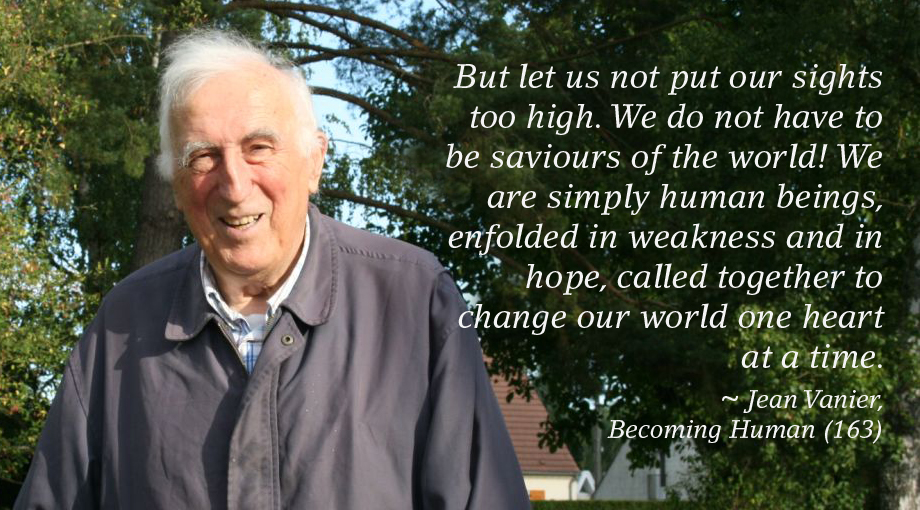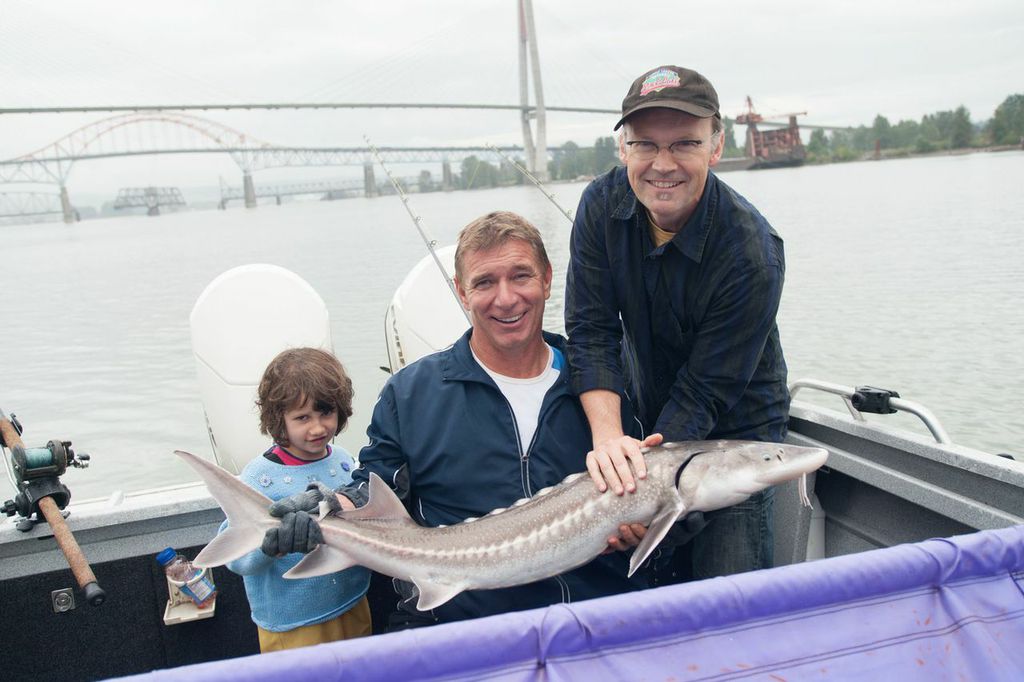From READER’S DIGEST, January 2015
Dr. Ephraim Engleman is often asked for his advice. The American rheumatologist, who sees patients when he’s not at the prestigious research centre he heads up at the University of California San Francisco, will turn 104 in the spring. A common query: “What’s the best way to stay as cheerfully, productively, healthily above ground as you?” “Choose your parents wisely,” he quips back.
Like many jokes, it contains a grain of truth. Genes matter. But they’re not the whole story, or even most of it. Scientists say longevity is around 30 per cent DNA and 70 per cent other factors, including lifestyle choices and psychological strategies.
We now have reams of data from longitudinal studies and twin studies and analyses of the super-seniors who inhabit the world’s so-called “blue zones” — pockets were healthy centenarians thrive. To boil down all the wisdom found therein to one word seems folly, but here goes:
Adaptation.
Humans need to be challenged. Continually. When we are, everything in us becomes a little more durable. You could say super-aging is about finding ways to grow, even into our advanced years, to offset the forces of nature trying to diminish us.
The principle applies in all dimensions of our lives, even the ones not easily measured by a heart test or a brain scan. Wisdom, character, spirit: whatever these qualities actually are, pretty clearly they anneal in the fire of “just-manageable difficulty,” no less than a marathoner’s cardiovascular system or a chess grandmaster’s frontal cortex. People who find ways to live on what poet Sam Keen called the “green, growing edge,” in all they do, are youthful — no matter what their birth certificate says.
*
Betty Jean “BJ” McHugh’s adaptation involved flipping the usual parent/child motivational paradigm on its head. We try to inspire our kids. But McHugh’s daughter inspired her. Jennifer was a swimming prodigy, a butterfly specialist who competed for Canada in the 1972 Munich Olympics at the age 15. When Jennifer announced she was done with competitive swimming three years later, her mom — who had quietly jogged on the seawall while her daughter churned laps in the pool — realized it was now her time to see how far she could go.
BJ is 87 years old. She is the fastest marathon runner on the planet in her age group by an astonishing margin: during the 2012 Honolulu marathon, she crossed the line in five hours, 12 minutes, smashing the old record by nearly half an hour. (Whereupon she did not light up a smoke to celebrate – as she had after her first marathon almost thirty years earlier. Instead she feasted with her son and granddaughter, who were also in the event.) Since her first road race at age 51, the sprite-like mother-of-four from West Vancouver has set more than 30 world records.
Aging runners are no rare sight in big-city marathons. But there comes an age point—around 80—where the numbers drop right off. Not coincidentally, it’s around the same point that human athletic performance craters. For reasons scientists can’t quite pinpoint, the body starts wearing down in double-time. Muscle mass falls sharply. Lungs lose their elasticity. Mitochondria—the tiny power plants in our cells—degrade. Bones thin. Balance falters. Old age clamps around us like a suit of armour. Anyone who has found a way to stay youthful in the face of this formidable headwind—the BJ McHughs of the world—seem mystical.
So what’s the secret?
For starters, the very exercise that becomes such a struggle when we age. The marathons McHugh runs now are far harder than the first one she ran 30 years ago, even though she’s slowed the pace significantly. Round about mile fifteen, “there’s a little war going on in my mind,” laughs BJ. It takes a mighty will not to stop and walk.
The good news: for most of us, walking is more than fine. National health associations in both Canada and the United States recommend 150 minutes brisk walking — or its equivalent — a week. While some studies maintain that working up a sweat delivers outsized benefits, the secret is finding an exercise you will actually continue to do, one that is pitched at a level that’s challenging but not overwhelming. Most sports-medicine experts recommend adding resistance training as we grow older — to strengthen bones, improve balance, and combat frailty. After her morning run, McHugh will sometimes peel away from the tight company of her training group and pop into a yoga class. There is a level of productive restlessness about her — the same restlessness that got her into running in the first place, rather than wait in her car for her daughter to finish swimming. And that shark-like need for constant motion may be as important a key to longevity as the exercise training itself.
McHugh doesn’t park her body for long stretches. She doesn’t sit for long without changing position. The television never comes on before the six o’clock news. She prefers walking to driving, even to her bridge games, which are five kilometres away.
Increasing evidence suggests we need to just move around as much as we need to exercise. Joan Vernikos, the former director of life sciences at NASA and godmother of “sedentary studies” suggests the single best exercise we can do, bang for buck, is standing up frequently. Again, it’s about challenging the body—in this case, with gravity. And standing up repeatedly maintains circulation by keeping blood-pressure sensors in tune. With moving comes energy, and with energy comes, well, if not eternal youthfulness, at least the mojo to be a powerful role model.
“One day out running I saw a truck pull over,” McHugh recalls. “This guy got out and said, ‘You’re BJ McHugh aren’t you?’” She recognized him. A couple of years previous, he had stopped her as she was finishing a long run. “How old are you?” he’d asked. He’d looked rough. But this time he was beaming. He said: “I’ve changed my whole life around and I’ve qualified for Boston.”
Ephraim Engleman isn’t taking on any new patients, and has begun to feel obliged to suggest to his regulars that “perhaps the time has come that you ought to think of getting another doctor.” No thanks, they say: they’ll stick with him. Experience and wisdom are things you can’t just Google.
Engleman, who is likely safe in his guess that he’s the oldest practicing physician in America, enjoys dispensing slow, dry witticisms, eyes twinkling under storks’-nest brows. He recently renewed his driver’s license (“so I’m good now until 105”), but in a nod to his family’s wishes, he sometimes lets a driver take him the 30 kilometres to work at the Arthritis Research Medical Center at UCSF, of which he is founding director. Once there, “Eph” answers correspondence, consults with colleagues, and just generally bucks the odds surrounding aging and cognition.
The chances of an individual getting dementia double every year beyond age 65. Of those lucky enough to reach 100, only 15 to 25 per cent arrive with all their marbles. The brain of the average 90-year-old is about the same size as the brain of the average three-year-old: typically the shrinkage zolpidem order diazepam comes in the frontal cortex and the hippocampus, headquarters of planning and memory filing, respectively.
Very old folks like Engleman whose wetware is still high-functioning owe much to what brain scientists call “cognitive reserve”—renovations that keep the brain humming even as senescence sets in.
Cognitive reserve is the key to aging very well from the neck up.
There are a few ways to build it.
You eat a heart-healthy diet, because fatty plaques affect both the heart and the brain. Which Engleman does.
You exercise, preferably vigorously. Which Engleman doesn’t. (“I don’t even do the walking I used to do,” he says, because of increasing back trouble that’s led to his hunched-over gait.)
You keep the brain continually challenged with reading, writing, blogging, puzzling, bridge-playing, travelling, language-learning, storytelling. The more interventions you pile on the better: the benefits seem to compound. “The principle of synergy — you know, one plus one equals three — has been shown time and time again” to forestall dementia, says Richard Isaacson, director of the Alzheimer’s Prevention Clinic at New York-Presbyterian/Weill Cornell Medical Center. “Having more brain activities is good for the backup system,” Isaacson says. When the brain encounters novelty it’s forced to adapt. Neurogenesis, the hatching of new grey-matter cells, has no known age limit. So not only can you teach an old dog new tricks, it’s essential if you want that dog to stay sharp. (Engleman, among other non-work-related diversions, emcees at a local social club, at writes his own material.)
You go to school: education levels correlate with brain density. Then you keep going to school, even when you’re out of school. “Lifetime intellectual enrichment” seems to delay the onset of cognitive impairment, notes Prashanthi Vemuri, the lead researcher of a new study out of the Mayo Clinic in Rochester, Minn, published in the journal JAMA Neurology. By how much? Three to six years, on average.
So far, so good for Ephraim Engleman. But he may have a secret weapon on his side as well: music.
Engleman is a former violin prodigy. He put himself through school in the 1930s partly by playing in vaudeville orchestras. He still jams with a chamber quartet once a week in his San Mateo, CA, home, where he lives with his 99-yearold wife, Jean. “Playing music,” he says “is a real stimulus—and very, very good for the soul.”
The science bears out his statement—the first part, at least. Playing music seems to challenge brain in ways that offer significant protection from cognitive impairment and dementia, studies suggest. Richard Isaacson, of Cornell, rattles off five studies that have helped build the case: In one of them, six weeks of “music therapy” increased the level of neurotransmitters in the bloodstream of Alzheimer’s patients. “Right there is the biological basis for music, in some ways,” he says. In general, “the deeper your relationship with music, the better the effect.” Indeed, Isaacson was so persuaded by the data that he picked up his guitar again—and now plays bass in a band of neuron scientists. They’re called The Regenerates.
*
In the French village of Trosly-Breuil, just north of Paris, 86-year-old Jean Vanier lives a simple life. Each day, he walks from his house to the group home he established 50 years ago, where he eats, laughs and prays with his adopted family. This is the first L’Arche community. Founded on Vanier’s vision, the organization is built around the idea that if adults with mental disabilities were settled in private homes alongside non-disabled people, the result would be a boon to both sides.
The son of former Canadian governor general Georges Vanier, he had once seemed destined for a different kind of life. Having written his PhD dissertation on Aristotle, he briefly taught philosophy at the University of Toronto. But there was a spiritual curiosity in Vanier that academia couldn’t satisfy, and he followed his mentor, a Dominican priest named Father Thomas Philippe, to France, taking on a life of voluntary poverty and daily challenge. It irks Vanier when people call him, as many are inclined to, a living saint. The sacrifice he made is no sacrifice at all, he insists, since the disabled offer us a great gift: they teach us how to become human. More generally, having to accommodate the wishes and quirks and demands of others tests our patience and, in the bargain, strengthens it. Would he be the person he is now had he remained on that earlier trajectory? “God knows,” Vanier says. “All I know is I’m here now. I have grown. I still have things to grow into—to have fewer barriers, to be more open to people. The story’s not finished. I’m 86, but the story goes on.”
Unlike physical and cognitive aging, there is no identifiable point where people start to break down spiritually—and no reliable prescription if it happens. Studies have found that those who attend religious ceremonies live longer, although who can say for sure if the active ingredient is the spiritual part and not, say, the routine, or the power of social networks, or the fibre in the little wafers (okay, we can probably rule that one out).
We tend to think of spirituality in terms of meditation or perhaps prayer, a private inward journey. To Vanier, that is only half the story. A second current nudges us in the opposite direction, out of ourselves and into meaningful contact with others. In effect, at a phase of life when many people start closing themselves off, Vanier counsels opening up. Instead of spending our later years cementing our own comfort within tiny tribes, we should be reaching out. In what one could call an adaptation response of the soul, empathy begets empathy.
In his famous Grant Study, which began in 1938 and followed a group of male undergraduates from Harvard for the rest of their lives, psychiatrist George Vaillant found that the ones who thrived into old age were the ones who, among other things, figured out how to love and be loved. If there is a reliable prescription for aging well cordially—from the heart—it’s this: the company of people you care about, and who care about you.
*
It’s not quite fair to prop up B.J. McHugh, Ephraim Engleman and Jean Vanier in their respective shop windows as models of brilliant aging of the body, brain, and soul. The ways in which people age brilliantly aren’t mutually exclusive. Indeed, these three —as with spectacularly robust old men and women of all stripes — have a fair bit in common.
All have a strong sense of purpose that pops them out of bed every morning. And while all are extraordinarily conscientious, the drive is directed outward—all three were drawn to helping professions (McHugh is a retired nurse). When Howard Friedman, a psychologist at University of California, Riverside, was crunching the data for the famous Longevity Project—a study that was published in book form in 2011 and followed more than 1,000 American children to their dotage or their grave—he discovered a pattern. The hardest workers had the longest lives.
And so we return to the old formula: strive, adapt, live on. The kites that remain in the sky the longest are pinned there by resistance.



